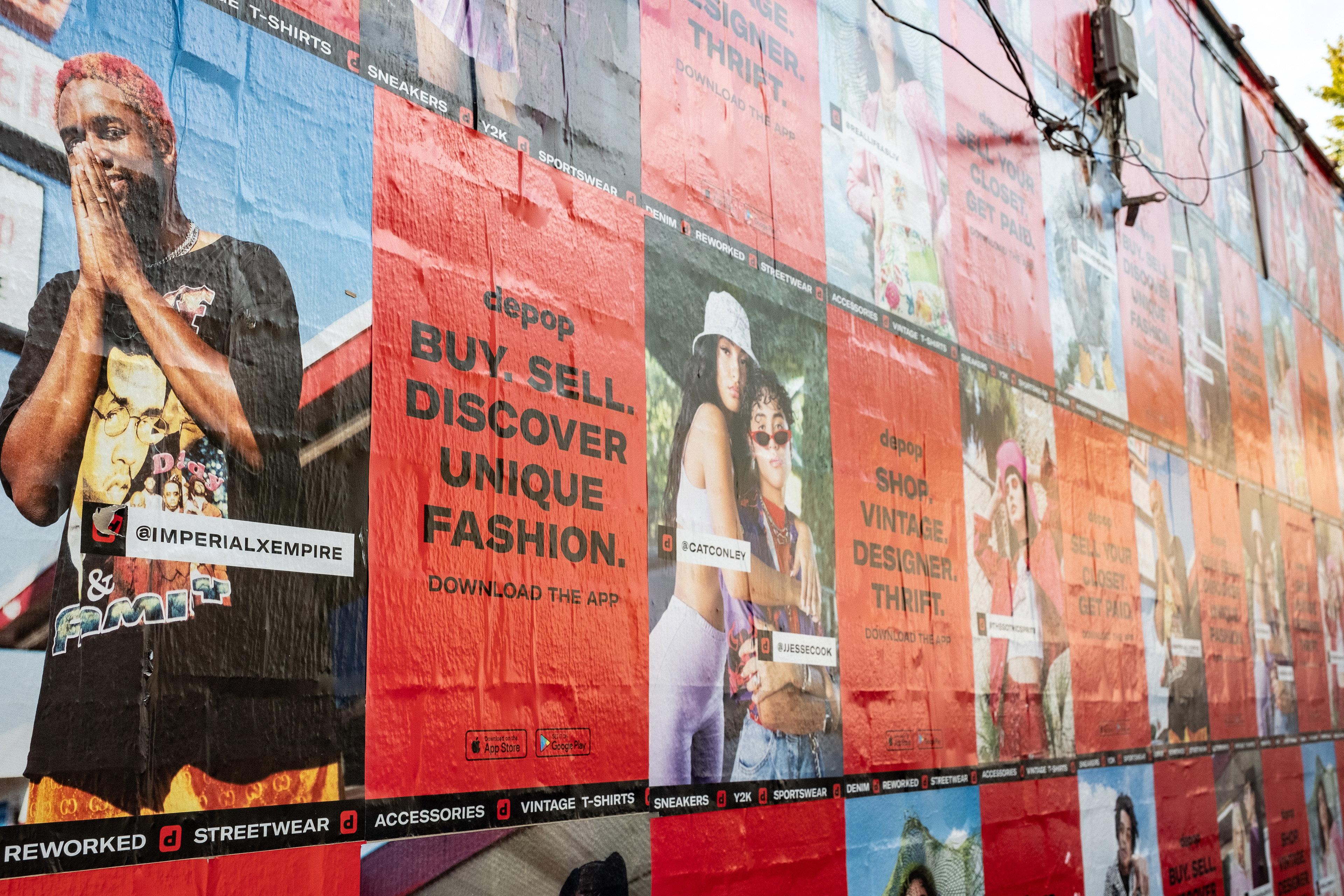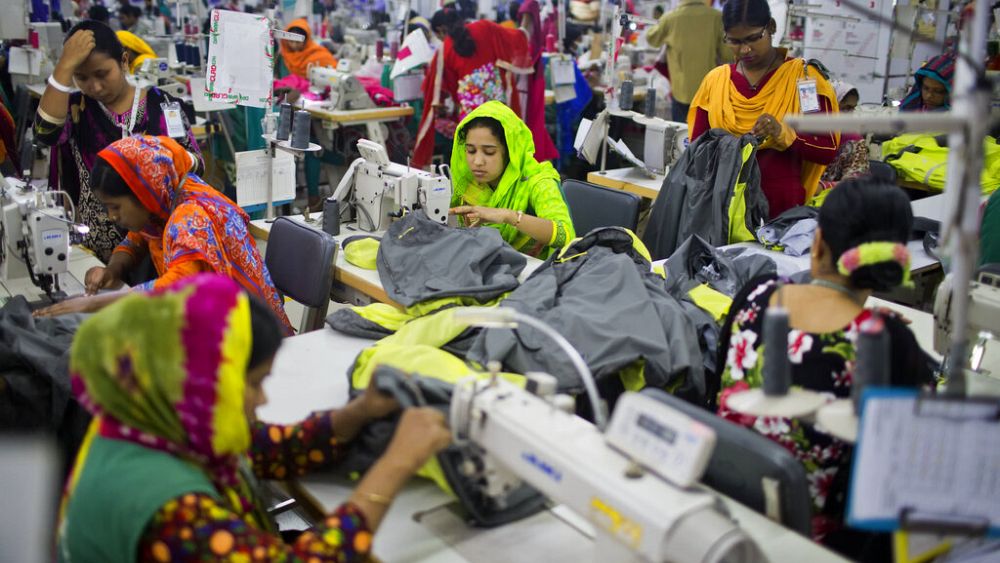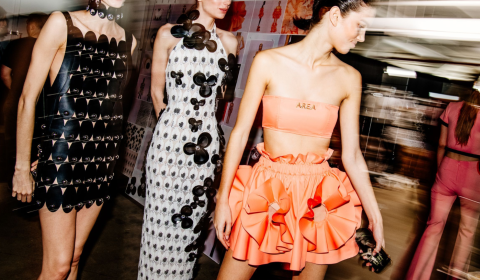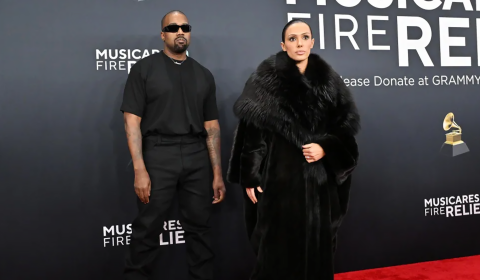Alongside the innumerable positive steps we’ve taken towards a greener future for the industry, the rising popularity of resale platforms is presenting its own issues.
Thrifting, repurposing, the trading of deadstock – they all come under the umbrella of ‘resale fashion’.
Long before it became chic, rummaging through vintage markets was the best way to find original, designer clothing without the hefty price tags. It was where you could stumble upon a mispriced Versace jacket that cost less than your evening takeaway, and was a treasure hunt for the most intrepid of shoppers.
Those same buyers eventually migrated online to eBay, where resale fashion is now a booming business of its own.
During a time in which the threat of climate change or an ecological disaster is more prevalent than ever, resale shopping is all the rage and the negative connotations once linked to pre-owned fashion are no more.
In case you’ve forgotten, fashion is officially the largest global consumer of water according to the UN Environment, generating ‘more greenhouse gas emissions than all international flights and maritime shipping combined.’ It’s also notorious for how much waste it produces – one garbage truck every minute to be exact.

With concerns over the industry’s tremendous environmental impact growing ever-louder and more persistent, resale – and the elimination of over-consumption that comes with it – has become a saviour for sustainability in fashion.
Finding extra use for non-renewable clothing that’s already in circulation is a brilliant way to prevent items from ending up on landfill sites.
It also discourages customers from buying new and this reduction in purchasing greatly assists in slowing down environmental degradation.
As consumers become increasingly more open-minded towards hand-me-downs and vintage clothing, fast fashion retail is failing, and resale is so popular that the market is growing at a rate twenty-one times faster than the overall fashion industry (according to a report by Global Data).
The line between shopping in a glamorous brand flagship and buying second-hand has been blurred, and it’s all thanks to the decision of digital-native consumers to be more responsible with their shopping behaviour.
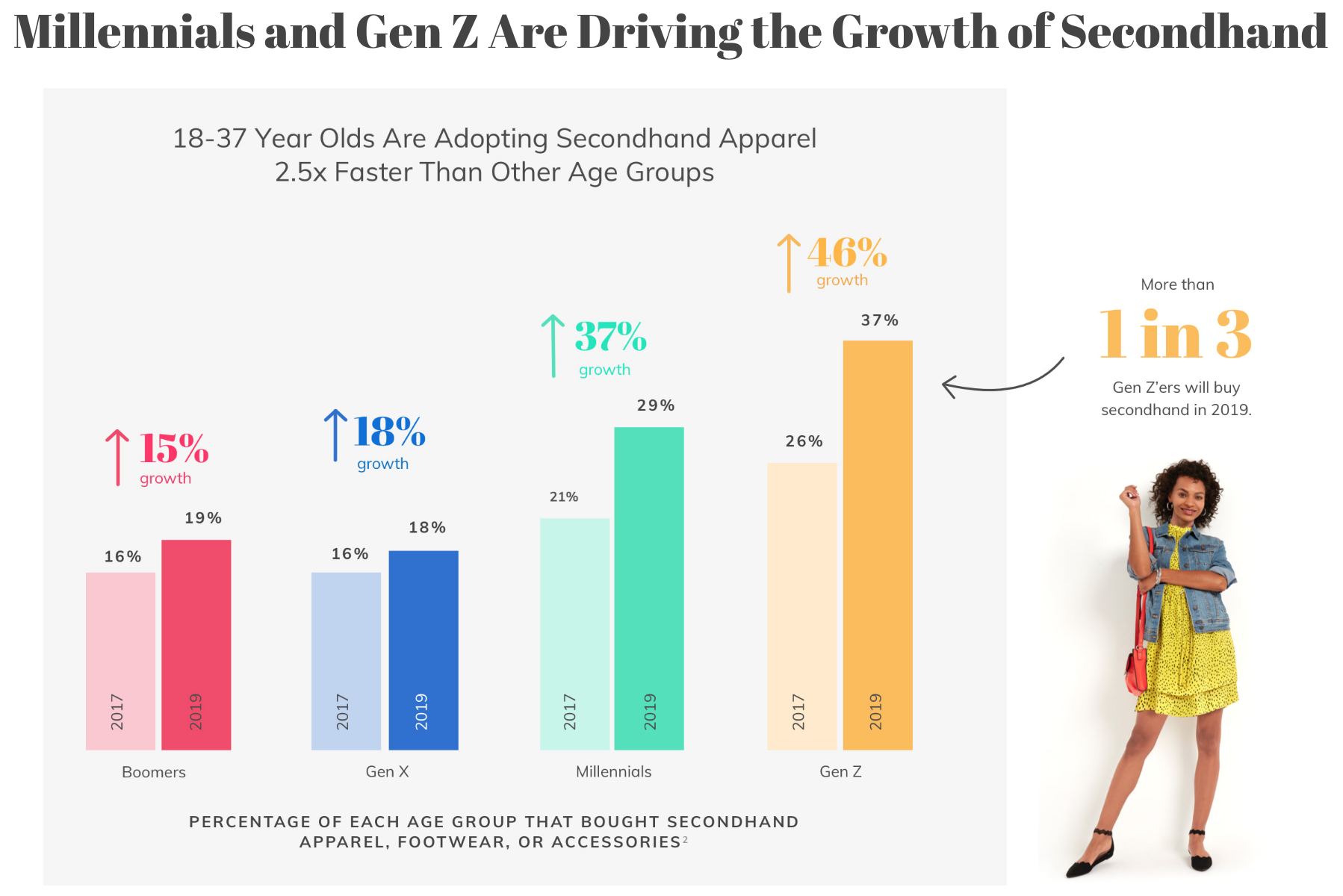
Additionally, in the wake of the Fashion Pact signed at last year’s G7 summit and Forever 21’s official bankruptcy – which kickstarted fast fashion’s long overdue demise – the new, more mainstream era of online sustainable fashion has begun.
A large majority of fashion brands (such as Patagonia which closely monitors its supply chain to ensure it isn’t causing unnecessary harm to the environment) have completely changed their methods of production in an effort to reduce the industry’s impact on our planet.
This is as major companies come to terms with the fact that they’re better off investing in timeless pieces that’ll hold up for years, rather than catering to those that want access to the latest trends as quickly as possible.
Now, more than ever, it’s either adapt or go under, and everyone seems to be catching on.
In fact, wearing other people’s clothes has become so fashionable that buying second-hand items has increased by 46% worldwide in the last two years.
And, as uncovered by ThredUp in their most recent survey, one in three Gen Zers much prefer reusing and recycling to ‘mall culture’ and disposable fashion nowadays.
The massive surge in resale’s popularity shouldn’t be ignored, considering that it’s set to be bigger than fast fashion within the next decade and worth $51 billion by 2023 (ThredUp).
Wardrobes are no longer about what’s ‘hot,’ it’s the excitement of finding a gem from past collections – one unavailable in-store – that Zers find appealing.
Resale also offers a more unique means of portraying individual aesthetic; an essential part of what Gen Z is searching for when curating looks that express their personalities.
Young people are even taking to TikTok and similar social media platforms to share these one-of-a-kind discoveries, and its rapidly becoming ‘cool’ to dress vintage.

Trust me, I’ve lost count of the number of times I’ve come across an account teeming with repurposed, thrifted items I wish I could get my hands on. The resale market has, without a doubt, changed the face of fashion forever – and with Gen Z at the helm.












